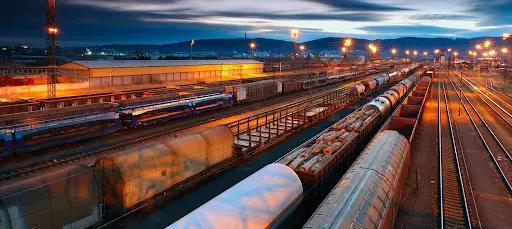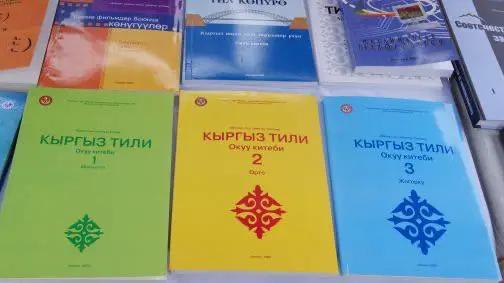
Published
07/08/2025, 21:16Tajikistan has expressed its intention to join the China–Kyrgyzstan–Uzbekistan (CKU) railway project, which is considered one of the key infrastructure routes in the region. The announcement was made by the country’s Minister of Transport, Azim Ibrohim, during a meeting with China’s Minister of Transport, Liu Wei, on the sidelines of the SCO transport ministers’ meeting in Tianjin. Dushanbe is counting on China’s support in implementing this initiative.
At the same time, Central Eurasian infrastructure development expert Kubatbek Rakhimov told Akchabar what Tajikistan’s initiative could entail and what it might mean for the current participants of the project.
"As of today, the CKU project represents a strategic route that would provide China with a third Eurasian corridor, in addition to the Trans-Siberian Railway and the corridor through Kazakhstan," — the expert noted.
According to Rakhimov, China considered several routes back in the 2000s. One of them passed through Pakistan, but the Karakoram Highway was virtually submerged following a landslide. The other two routes went through Tajikistan and Kyrgyzstan.
“The border between Tajikistan and China is very challenging. It’s the Kulma Pass, which remains closed for more than half of the year. In winter, everything is shut down. Freight transport is only possible by road, and even then under extremely harsh climatic conditions. That’s why the only viable option is the trans-Kyrgyz corridor, with two possible entry points: either through Torugart or further south,” says Kubat Rakhimov.
However, the original CKU route partially passed through the territory of the Republic of Tajikistan, as the railway from the Fergana regions of Uzbekistan inevitably ran through the former Leninabad, now Sughd Region of Tajikistan — a stretch of about 108 km of railway tracks. As Rakhimov explains, Dushanbe initially counted on this section to grant the country a logistics monopoly. However, with Islam Karimov’s rise to power, Uzbekistan bypassed Tajikistan.
"Karimov simply built a tunnel through the Kamchik Pass, connecting the central part of the country with the Fergana Valley. As a result, all three regions — Fergana, Andijan and Namangan — gained direct railway access without involving Tajikistan," — he noted.
According to the expert, Tajikistan now seeks to re-enter the project — but in a different capacity. However, the project has already developed its own logic and structure, where Dushanbe can play only a supporting role, provided there are specific commitments.
Thus, Tajikistan’s participation in the China–Kyrgyzstan–Uzbekistan railway project is possible under three key conditions: direct financial investment in the overall construction of the CKU railway, provision of preferential transit tariffs through the Sughd region, and modernization of its own infrastructure — specifically such facilities as the Shahristan Tunnel and the Khujand–Dushanbe route, which are part of the multimodal corridor within the CAREC framework.
As the expert emphasizes, Tajikistan’s initiative poses no threat to Kyrgyzstan as the central participant in the project.
“Under an optimistic scenario, the implementation of the China–Kyrgyzstan–Uzbekistan railway project will generate such freight volumes that, in addition to the main route, a branch through the Kamchik Pass and the railway line through Tajikistan’s Sughd region would also be beneficial. In this case, all route participants could benefit. However, for Dushanbe to be fully integrated into the project, it must back its intentions with concrete actions,” — concluded Kubat Rakhimov.
The CKU project promises to become the economic backbone of the region — redistributing freight flows, attracting investments, and reducing logistics costs. As always, it will be time, not geography, that determines who becomes part of it.



